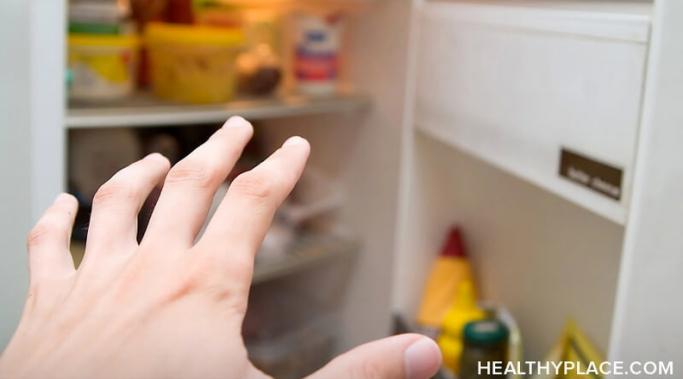When someone lives with anxiety, it can seem that life is anxiety. It often feels that anxiety is the rule and that there are no exceptions to anxiety. It can be overbearing and consume our entire being, creating anxious thoughts and anxious emotions and restricting what we do. While this feels very real, the truth is that anxiety is not always as strong as it wants us to believe. There are exceptions to anxiety, times when our anxiety isn't as intense as it usually is.
Anxiety-Schmanxiety
Anxiety triggers are pesky things and they can be difficult to avoid. As a person living with an anxiety disorder, I don’t intentionally put myself in a position to trigger an anxiety or panic attack. Some triggers are easy to avoid. If snakes trigger anxiety, a pet boa constrictor isn’t for you. But what about happy memories? Is it possible for a happy memory to trigger anxiety?
There are many facts about anxiety that we can use to our advantage. Anxiety has become a household word in our society, and for good reason; together, the anxiety disorders are the most common of all mental illnesses. Indeed, in the United States alone, approximately 40 million Americans live with an anxiety disorder at some point in their lives. Anxiety facts are important for these millions of us to know.
Americans love to eat. We have foods to celebrate, comfort foods, and even foods for specific events like popcorn at the movies, cake at birthdays, and is there really anyone among us who doesn’t feel pizza just tastes better during our favorite TV shows? Considering our culture of food, is it really a surprise to discover we are eating to relieve anxiety? Have you ever stopped and wondered why we eat to relieve anxiety?
Sometimes, we experience anxiety because of an anxiety trigger. People can be diagnosed with different types of anxiety disorders, each with specific symptoms and causes. Additionally, people can experience situational anxiety where something in particular causes anxiety symptoms to flare. A student might experience test anxiety severe enough to negatively impact performance or a parent's anxiety might become heightened and nearly debilitating when he/she thinks about the various harm that could come to the child. The anxiety that is triggered by something can be painful, limiting, and downright awful, especially when one can't avoid anxiety triggers. Equally painful, limiting, and downright awful is when anxiety strikes without a cause whatsoever.
There are many people in my life who understand the difference between being afraid and having a panic or anxiety attack. They are educated enough to know there is a big difference between fear and anxiety and for that I am very thankful. However, I also have people in my life who think both are created equal. They believe, and often strongly, that both those feelings are just different levels of the same base emotion – fear. Here is how I explain to people that I’m not afraid; I have anxiety.
You've just had yet another stressful day and you're anxious. Your mind is reeling as it ruminates over the myriad of blunders, problems, and challenging interactions. Anxiety rages, and "what-ifs" and worries are spinning out of control. Your stomach churns; your head pounds. You throw your things onto a table or couch and head right for the kitchen. Do you rummage for healthy food or do you do what a vast majority of us do--seek out the junk food? Is your food making your anxious?
Obviously, a blog about my lived experience with anxiety cannot reflect experiences I’m incapable of having: postpartum psychosis and anxiety after childbirth, for example. Thankfully, I speak with a lot of people and recently had the pleasure of meeting Jennifer Hentz Moyer. She was kind enough to share some of her story about dealing with anxiety and postpartum psychosis with us.
Living with generalized anxiety disorder or social anxiety disorder can be frustrating. (And isn't that the understatement of the century?) We work hard to rid ourselves of anxiety, reading articles and books, participating in conversations, learning techniques to fill our anxiety toolboxes, seeing therapists, and more. Take heart: these things work and anxiety can disappear. It's a process, though, and not a quick one. What can we do to get by while we are working on diminishing our anxiety?
Anxiety is debilitating and sometimes we feel stuck in anxiety but it doesn’t prevent a person from knowing what they want to do. I liken this to a car being stuck in the mud. The car is legitimately stuck, but the driver doesn’t want it to be. The driver is doing everything possible to free the car, so it can move again. Anxiety is a lot like that – trying to free ourselves from being stuck in anxiety – but the wheels keep spinning.









